Learn Tarot Cards Quickly in Easy and Natural Way
Learning tarot cards is easy, you can do it in days – and have tons of fun…
To read tarot cards, you don’t have to painfully memorize all the meanings for all the 78 cards. In fact learning the cards is quite simple as no single card is independent. Cards relate to and follow each other. They describe the various stages in life cycles for example an upcoming project, an idea developing or a person maturing.
Once you are aware of their advancement, all you need to do is simply follow your intuition.
When I started learning Tarot, I experienced many insights which changed my experience from difficult and slow card memorizing to rapid and easy understanding of the tarot cards. I will share several of those realizations with you, so you can go down the easier route.
Learn Tarot in an easier way
Learning about what all the 78 cards mean and nuances for each of them doesn’t sound fun or easy at all. And depending on the circumstances each card can signify lots of different things which make you really desperate. However, the plus point is that no single card is independent. Cards portray various stages in real lifecycles and follow each other. Mix it with basics of numerology and symbolism and this will be your solution to learn tarot reading in no time!
Consider Tarot Cards as a Part of Life Progressions
Our ancestors used stories as a single main mechanism to pass any information. It is easier to tell card progressions as a story. Our brain is designed to grab hold of a “thread” in the story and attach the facts to it automatically. So what you can do is find such existing tarot stories on the internet. Or even better, you can write short story for major arcana and each tarot suit yourself. Note that story doesn’t even have to be good. It just have to provide a thread for your brain to hold on to!
One of this method’s other benefits is that instead of just learning the meaning of the card in seclusion you will be capable of thinking automatically of each card as a piece of progression (how this situation came to be? where the things are headed?), which is a lot more effective than just considering the meaning of a single card. When I started learning cards, I tried reading the spreads with the help of a book with “meanings” that I got with the deck.So you might have guessed by now that I was often frustrated with my results.
Ok, let’s see how to do this with both major and minor arcana.
Learn the Story of Major Arcana
Since it is the most common story told across all cultures in the world, this is easy. You might be familiar with it as “Hero’s Journey” or “Fool’s Journey”. Or you might have read these books – “Alchemist” or “Siddhartha” which are stories about an individual’s journey and spiritual maturity through life through the challenges faced by him or her.
22 cards of major arcana begin with a “0 Fool”, the beginning of a journey. And they end with a “XXI The World” which represents conclusion of a cycle. Each card in between represents what happened along that path!
And what about the four suits (the minor arcana)?
Tarot Numerology Will Explain Minor Arcana to You
You must be wondering what numerology has to do with tarot. Basically, each suit’s cards from One (Ace) to Ten symbolize the evolution from a great potential and new beginning (Ace) to the base and the conclusion (Ten) for the theme symbolized by that particular tarot suit. For example, Two stands for a pending decision or need for balance, Four stands for stability and Five represents destruction of stability.
All you need to do is understand the theme of each suit; then go through basic tarot numerology. And what you will find is that each suit has a clear story to tell!
But what about the court cards: Pages, Knights, Queens and Kings?
And how to learn the Court Cards?
Court cards are particularly interesting since each represents both synergy and conflict of two forces: basic nature of the card (which of the four suits it belongs to) and conventional responsibilities according to its position in the hierarchy of court. For instance the King of Cups is very directing and experienced. But not only is he in control of his sentiments but understands the emotions of others as well. You could call him a born diplomat!
By this point you should already be comfortable with the underlying theme of each tarot suit (if not, check the cards section of this site). Cups representing emotions and relationship, Swords standing for intelect and conflict, etc.
So what you do is you just merge in your mind theme of particular suit with the stereotype of e.g. a King or a Queen. Guess what happens when you do that? You could immediately talk for half an hour about each of the court cards!
And the best help is yet to come, vividly pictured on your beautiful cards themselves…
Pay Attention to the Pictures: Basic Tarot Symbolism
Your cards depict really beaufitul images and this is not by accident. The images are rich with hints, being put there specifically to help you!
People have always wondered about the deeper meaning of things which surround us. Tarot makes use of inherent symbolism for such things profoundly. Luckily, you ALREADY know most of this as it is a part of all cultures around the world! Once you have understood the symbols on Tarot cards such as the Moon, the Sun, a path, a bridge, a star, etc. You will without doubt develop more associations yourself, the moment you start paying attention to this.
Those symbols are HINTS.
So to summarize all this in one simple advice
Don’t try to memorize card meanings by heart. Card explanations are simply there for you to read. Your mind will make it’s own associations, within your own “map”.
So in simple words… Understand the journey of major arcana. Uncover the story each suit tells. Then read a bit on how to do actual readings, and basically you are all set!
Now if you haven’t already, read other recommended articles about learning tarot, listed on the right. Or you can check other sections of this site: card meanings, spreads, or how to actually read the cards – ie. putting all this together!
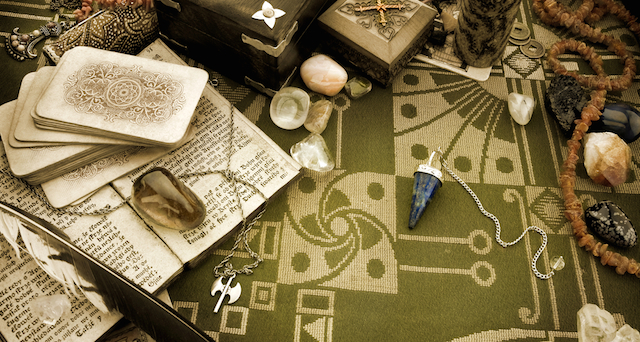

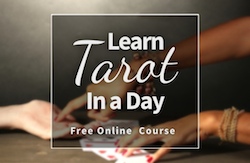
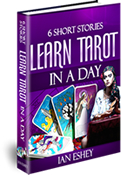

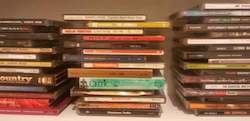
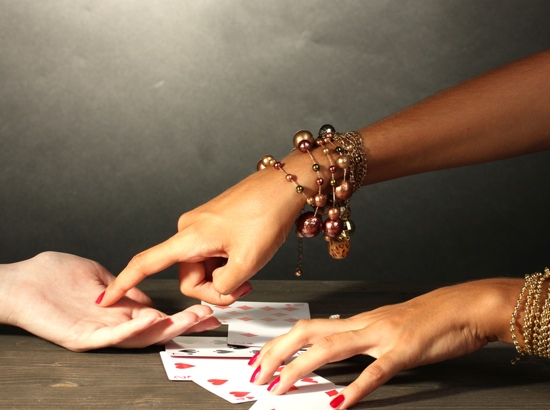
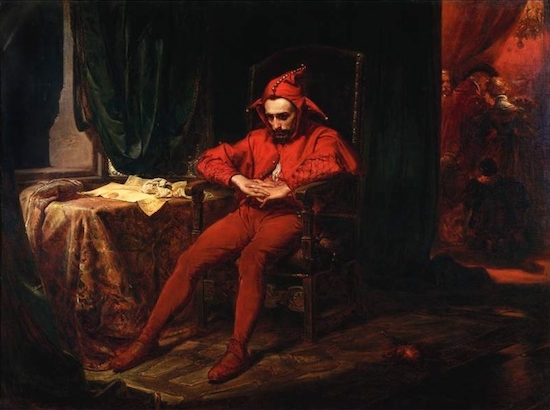
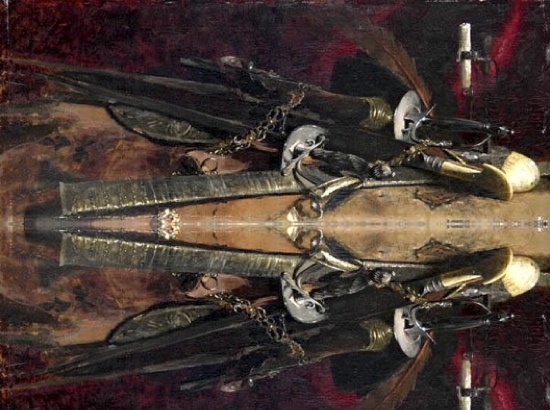
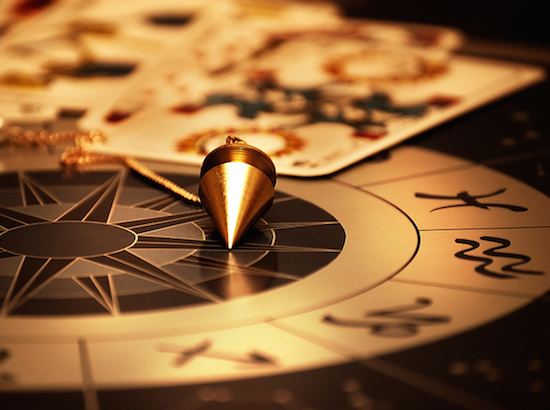
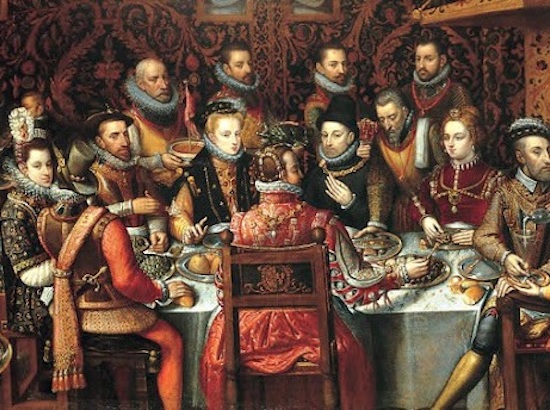
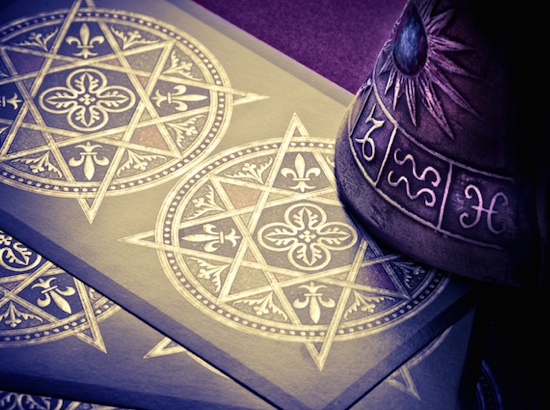
Leave a Reply